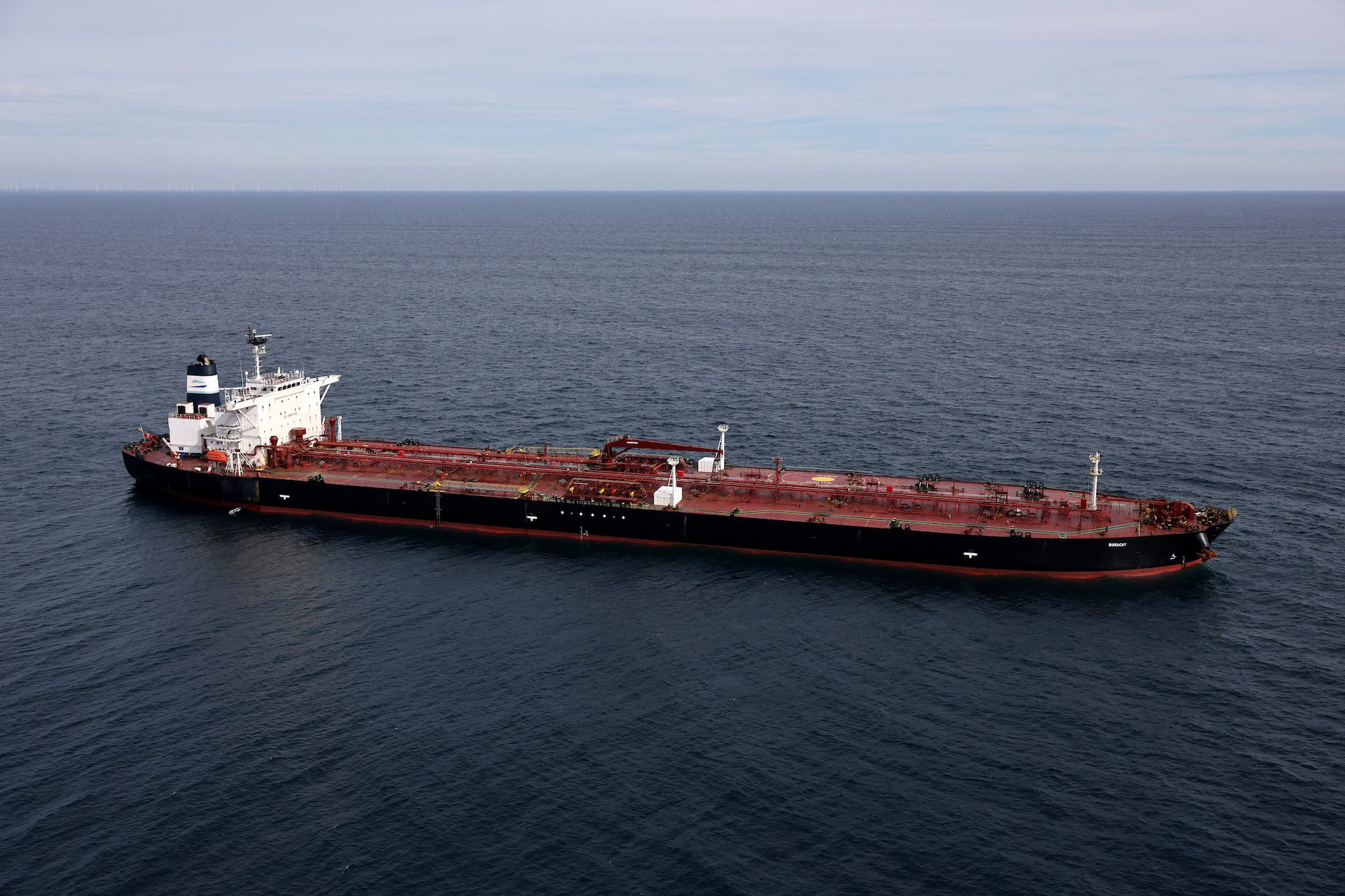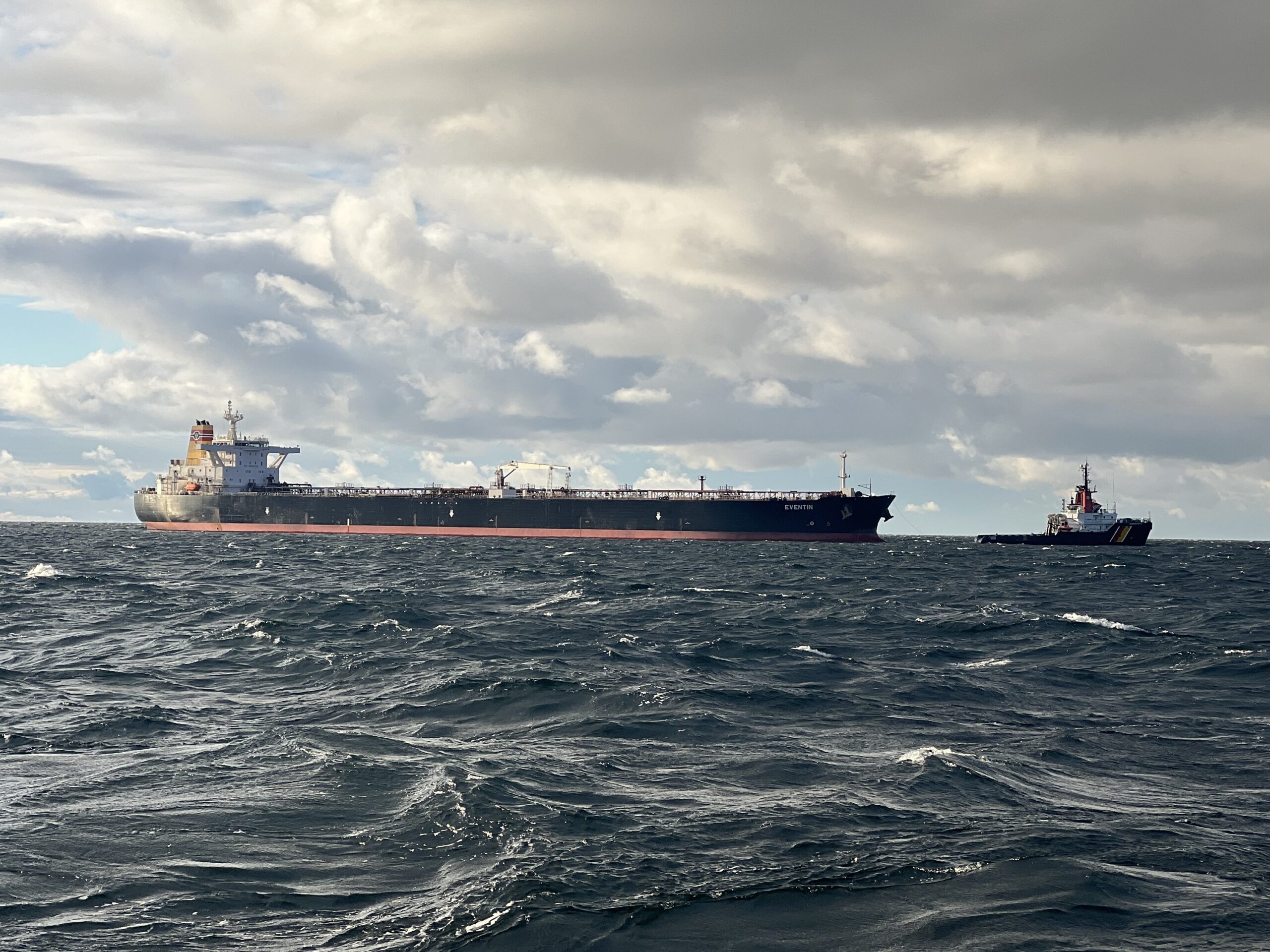COPENHAGEN, May 6 (Reuters) – Disruption to Red Sea container shipping is rising, Maersk said on Monday, forecasting this will cut the industry’s capacity between Asia and Europe by up to 20% in the second quarter.
Maersk and other shipping companies have diverted vessels around Africa’s Cape of Good Hope since December to avoid attacks by Iran-aligned Houthi militants in the Red Sea, with the longer voyage times pushing freight rates higher.
“The risk zone has expanded, and attacks are reaching further offshore,” Denmark’s Maersk said.
“This has forced our vessels to lengthen their journey further, resulting in additional time and costs to get your cargo to its destination for the time being,” it added in an updated advisory to customers.
Maersk’s fuel costs on the affected routes between Asia and Europe are now 40% higher per journey, a spokesperson said.
Germany’s Hapag-Lloyd, which has said it believes the crisis can be overcome before the end of 2024, is also rerouting vessels for the time being.
“The attacks in the Red Sea and the Gulf of Aden are moving further and further out to sea. That is why we are avoiding this area altogether,” Hapag-Lloyd said in e-mailed comments.
By routing traffic away from the Suez Canal, Maersk estimated that the container industry’s capacity between Asia and northern Europe and the Mediterranean would be cut by between 15% and 20% in the second quarter.
COMPLEX
The disruptions cause ripple effects across several other container freight routes, particularly from Asia to the east and west coasts of South America, Maersk’s spokesperson said, adding that the Red Sea situation was complex and continued to evolve.
Maersk, viewed as a barometer of world trade, forecast last week that disruptions would last at least until the end of 2024.
Meanwhile, France’s CMA CGM is still sending some vessels via the Red Sea escorted by French or other European navy frigates, but the majority of its ships are being rerouted around Africa, CEO and Chair Rodolphe Saade told Le Monde.
“The problem is that you have to call at ports that are not the final destination and to transship onto smaller vessels,” Saade told the newspaper in an interview published on Monday.
“Tangiers is saturated and alternatives need to be found – like (Spain’s) Algeciras or Valencia,” he added.
The knock-on effects of voyages around Africa include bottlenecks and vessel bunching, where several ships arrive at port at the same time, as well as equipment and capacity shortages.
“We are doing what we can to boost reliability, including sailing faster and adding capacity,” Maersk said, adding that it had so far leased more than 125,000 additional containers.
(Reporting by Louise Breusch Rasmussen and Stine Jacobsen in Copenhagen; Additional reporting by Gus Trompiz in Paris; Editing by Terje Solsvik, Kirsten Donovan and Alexander Smith)
(c) Copyright Thomson Reuters 2024.

 Join The Club
Join The Club











